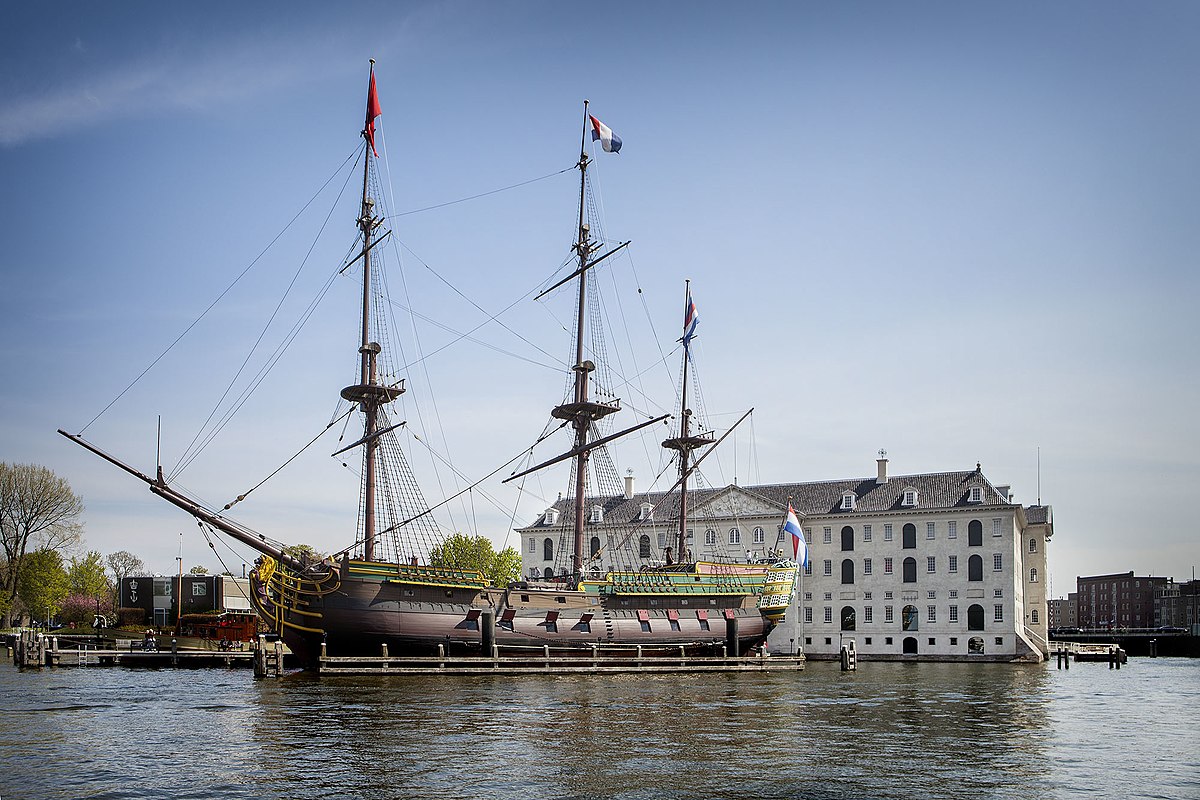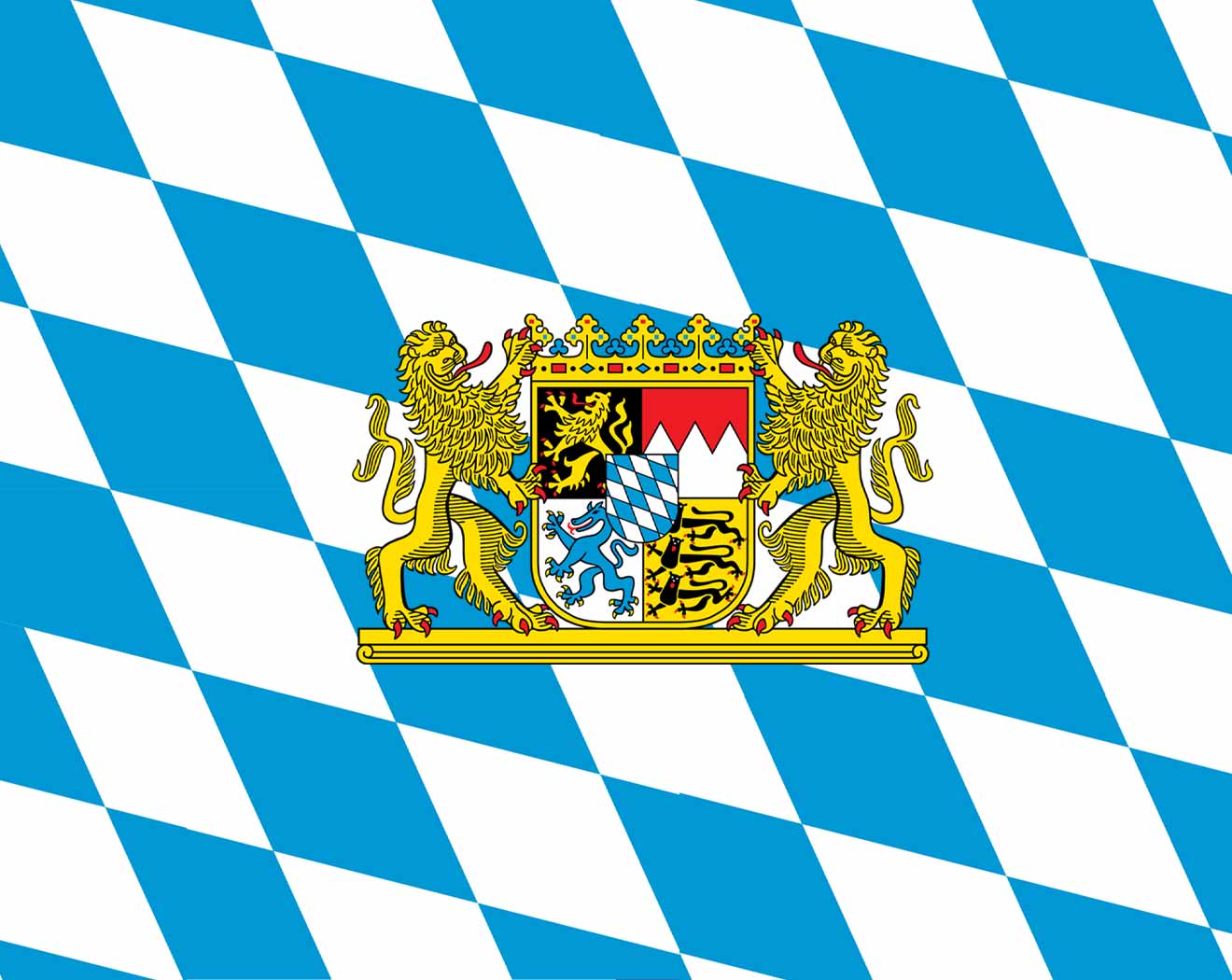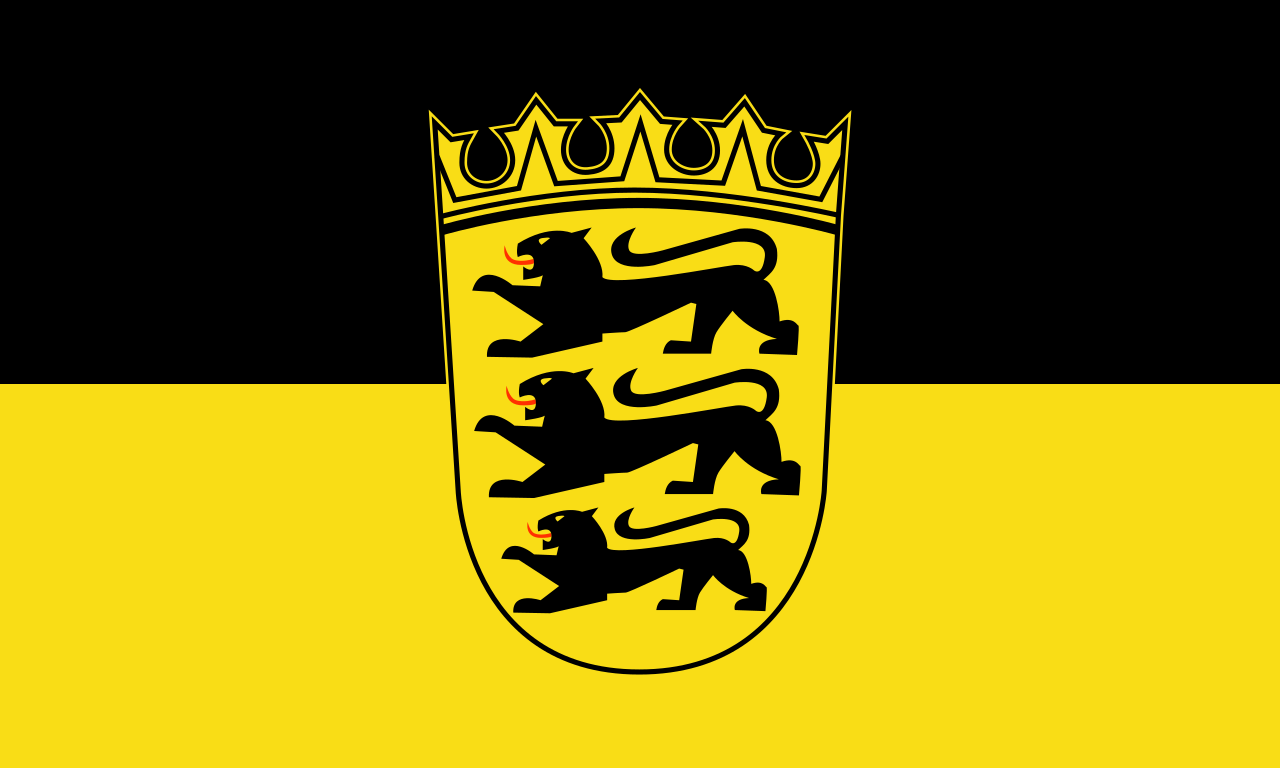
Deutsch-Chinesische Enzyklopädie, 德汉百科


 塞尔维亚王国(Краљевина Србија/Kraljevina Srbija,1914年7月28日奥匈帝国对其宣战。1915年11月16日对保加利亚宣战。)
塞尔维亚王国(Краљевина Србија/Kraljevina Srbija,1914年7月28日奥匈帝国对其宣战。1915年11月16日对保加利亚宣战。) 俄罗斯帝国(沙俄)(Россійская Имперія,1914年7月30日援助塞国,对奥匈宣战。8月1日被德国宣战。8月6日被奥匈帝国宣战。11月1日对奥斯曼土耳其帝国宣战。。1915年11月19日对保加利亚王国宣战。1917年2月退出。)
俄罗斯帝国(沙俄)(Россійская Имперія,1914年7月30日援助塞国,对奥匈宣战。8月1日被德国宣战。8月6日被奥匈帝国宣战。11月1日对奥斯曼土耳其帝国宣战。。1915年11月19日对保加利亚王国宣战。1917年2月退出。) 法国(République Française,包括法国殖民地。1914年8月3日德意志帝国对其宣战。8月13日对奥匈帝国宣战。11月5日对奥斯曼土耳其帝国宣战。1915年11月15日对保加利亚王国宣战。)
法国(République Française,包括法国殖民地。1914年8月3日德意志帝国对其宣战。8月13日对奥匈帝国宣战。11月5日对奥斯曼土耳其帝国宣战。1915年11月15日对保加利亚王国宣战。) 比利时王国(Keunienkryk België/Royåme di Beldjike/Königreich Belgien,包括比利时殖民地。1914年8月4日被德意志帝国入侵。)
比利时王国(Keunienkryk België/Royåme di Beldjike/Königreich Belgien,包括比利时殖民地。1914年8月4日被德意志帝国入侵。) 大英帝国(British Empire,1914年8月4日对德意志帝国宣战。8月12日对奥匈宣战。11月5日对奥斯曼土耳其帝国宣战。1915年11月15日对保加利亚王国宣战。)
大英帝国(British Empire,1914年8月4日对德意志帝国宣战。8月12日对奥匈宣战。11月5日对奥斯曼土耳其帝国宣战。1915年11月15日对保加利亚王国宣战。)  大日本帝国(日本帝国)(1914年(大正3年)9月23日对德意志帝国宣战,即日独戦争(威海卫战役))
大日本帝国(日本帝国)(1914年(大正3年)9月23日对德意志帝国宣战,即日独戦争(威海卫战役)) 意大利王国(Regno d'Italia,1915年5月23日对奥匈帝国宣战。8月21日对奥斯曼土耳其帝国宣战。11月19日对保加利亚王国宣战。。1916年8月28日对德国宣战。)
意大利王国(Regno d'Italia,1915年5月23日对奥匈帝国宣战。8月21日对奥斯曼土耳其帝国宣战。11月19日对保加利亚王国宣战。。1916年8月28日对德国宣战。) 圣马力诺共和国(San Marino,1915年5月参战)
圣马力诺共和国(San Marino,1915年5月参战) 罗马尼亚王国(Regatul României,1916年8月27日对奥匈宣战。)
罗马尼亚王国(Regatul României,1916年8月27日对奥匈宣战。) 美利坚合众国(USA,1917年4月6日对德意志帝国宣战。12月7日对奥匈帝国宣战。)
美利坚合众国(USA,1917年4月6日对德意志帝国宣战。12月7日对奥匈帝国宣战。) 希腊王国(Βασίλειον της Ελλάδος,1917年7月2日对德意志帝国、奥匈帝国宣战。)
希腊王国(Βασίλειον της Ελλάδος,1917年7月2日对德意志帝国、奥匈帝国宣战。) 黑山王国(Краљевина Црнa Горa/Kraljevina Crna Gora)
黑山王国(Краљевина Црнa Горa/Kraljevina Crna Gora) 葡萄牙共和国(República Portuguêsa,包括葡萄牙殖民地)
葡萄牙共和国(República Portuguêsa,包括葡萄牙殖民地) 中华民国(北洋政府)(1917年(中华民国6年)8月14日对德意志帝国、奥匈帝国宣战。)
中华民国(北洋政府)(1917年(中华民国6年)8月14日对德意志帝国、奥匈帝国宣战。)




阿梅莉亚·玛丽·埃尔哈特(英语:Amelia Mary Earhart,1897年7月24日-1937年7月2日失踪,1939年1月5日被宣布死亡)是一位美国女性飞行员和女权运动者[1][2]。埃尔哈特是第一位获得飞行优异十字勋章[3]、第一位独自飞越大西洋的女飞行员[4]。她还创了许多其他纪录[5],将自身的飞行经历编写成非常畅销的书籍,并协助建立了一个女飞行员组织[6]。
1937年,当她尝试全球首次环球飞行时,在飞越太平洋期间失踪。至今为止,她的生活、生涯和消失一直使人神往[7]。
Amelia Mary Earhart (* 24. Juli 1897 in Atchison, Kansas; verschollen am 2. Juli 1937 im Pazifischen Ozean, für tot erklärt am 5. Januar 1939) war eine US-amerikanische Flugpionierin und Frauenrechtlerin.

美国革命是指在后半18世纪导致了北美洲十三个州的殖民地脱离大英帝国并且创建了美利坚合众国的一连串事件与思想。美国独立战争(1775年-1783 年)是革命的其中一部分,然而革命在莱辛顿(Lexington)与康考德(Concord)打响的第一发子弹之前就已经开始了,并且在英国于约克镇投降之后还持续下去。

1. California did not have the first gold rush in American history.
That honor actually belongs to North Carolina. Fifty years before gold was discovered at Sutter’s mill, the first gold rush in American history got underway after a 17-pound gold nugget was found in Cabarrus County, North Carolina. Eventually, more than 30,000 people in the Tar Heel state were mining for gold, and for more than 30 years all gold coins issued by the U.S. Mint were produced using North Carolina gold.
2. The Gold Rush was the largest mass migration in U.S. history.
In March 1848, there were roughly 157,000 people in the California territory; 150,000 Native Americans, 6,500 of Spanish or Mexican descent known as Californios and fewer than 800 non-native Americans. Just 20 months later, following the massive influx of settlers, the non-native population had soared to more than 100,000. And the people just kept coming. By the mid 1850s there were more than 300,000 new arrivals—and one in every 90 people in the United States was living in California. All of these people (and all of this money) helped fast track California to statehood. In 1850, just two years after the U.S. government had purchased the land, California became the 31st state in the Union.
3. The Gold Rush attracted immigrants from around the world.
In fact, by 1850 more than 25 percent of California’s population had been born outside the United States. As news of the discovery was slow to reach the east coast, many of the first immigrants to arrive were from South America and Asia. By 1852, more than 25,000 immigrants from China alone had arrived in America. As the amount of available gold began to dwindle, miners increasingly fought one another for profits and anti-immigrant tensions soared. The government got into the action too. In 1850 California’s legislature passed a Foreign Miner’s tax, which levied a monthly fee of $20 on non-citizens, the equivalent of more than $500 in today’s money. That bill was eventually repealed, but was replaced with another in 1852 that expressly singled out Chinese miners, charging them $2 ($80 today) a month.
4. The Gold Rush proved dangerous and deadly for non-white people.
During the Gold Rush, violence against foreign miners increased, with beatings, rapes and even murders becoming commonplace. However no ethnic group suffered more than California’s Native Americans. Before the Gold Rush, the state's native population numbered roughly 300,000. Within 20 years, more than 100,000 would be dead. Most died from disease or mining-related accidents, but more than 4,000 were murdered by enraged miners.
5. The Gold Rush was a male-dominated event.
Hundreds of thousands of people flocked to California to make their fortunes in the Gold Rush, but almost none of them were women. In 1852, 92 percent of the people prospecting for gold were men. The few women who did travel to the west eked out a living in the growing boomtowns, working in the restaurants, saloons and hotels that seemingly popped up every day. Some women’s journals back east, fearful of the trouble the men might get into without the civilizing influence of women, published stories and ran ads encouraging educated, morally minded young women to travel west to tame these men. Few took them up on this offer. The percentage of women in gold mining communities did eventually increase somewhat, but even in 1860 they numbered fewer than 10,000—just 19 percent.
6. Early sections of San Francisco were built out of ships abandoned by prospectors.
The Gold Rush conjures up images of thousands of “’49ers” heading west in wagons to strike it rich in California, but many of the first prospectors actually arrived by ship—and few of them had a return ticket. Within months, San Francisco’s port was teeming with boats that had been abandoned after their passengers—and crew—headed inland to hunt for gold. As the formerly tiny town began to boom, demand for lumber increased dramatically, and the ships were dismantled and sold as construction material. Hundreds of houses, banks, saloons, hotels, jails and other structures were built out of the abandoned ships, while others were used as landfill for lots near the waters edge. Today, more than 150 years after the Gold Rush began, archeologists and preservations continue to find relics, sometimes even entire ships, beneath the streets of the City by the Bay.
7. Prospecting for gold was a very costly enterprise.
Most of the men who flocked to northern California arrived with little more than the clothes on their backs. Once there, they needed to buy food, goods and supplies, which San Francisco’s merchants were all too willing to provide—for a cost. Stuck in a remote region, far from home, many prospectors coughed up most of their hard-earned money for the most basic supplies. At the height of the boom in 1849, prospectors could expect prices sure to cause sticker shock: A single egg could cost the equivalent of $25 in today’s money, coffee went for more than $100 per pound and replacing a pair of worn out boots could set you back more than $2,500.
8. More fortunes were made by merchants than by miners.
As the boom continued, more and more men got out of the gold-hunting business and began to open businesses catering to newly arrived prospectors. In fact, some of America’s greatest industrialists got their start in the Gold Rush. Phillp Armour, who would later found a meatpacking empire in Chicago, made a fortune operating the sluices that controlled the flow of water into the rivers being mined. Before John Studebaker built one of America’s great automobile fortunes, he manufactured wheelbarrows for Gold Rush miners. And two entrepreneurial bankers named Henry Wells and William Fargo moved west to open an office in San Francisco, an enterprise that soon grew to become one of America’s premier banking institutions. One of the biggest mercantile success stories was that of Levi Strauss. A German-born tailor, Strauss arrived in San Francisco in 1850 with plans to open a store selling canvas tarps and wagon coverings to the miners. After hearing that sturdy work pants—ones that could withstand the punishing 16-hour days regularly put in by miners—were more in demand, he shifted gears, opening a store in downtown San Francisco that would eventually become a manufacturing empire, producing Levi’s denim jeans.
9. Thousands of Gold Rush prospectors got rich—but John Sutter wasn’t one of them.
John Sutter, the man whose land would become synonymous with the California Gold Rush, was a Swiss immigrant who fled Europe in the 1830s, leaving behind piles of unpaid debts. After several years of traveling throughout North America, he finally settled in the tiny outpost of Yuerba Buena (modern-day San Francisco) in 1839. With the assistance of the local Mexican government, Sutter quickly realized his goal of establishing an agricultural community on a 50,000-acre tract of land he called “New Helvetia,” Latin for “New Switzerland, which became an important outpost for emigrants traveling to the west.
It was during the construction of a sawmill on Sutter’s land along the American River that one of his employees first discovered the gold nugget that would change the world. Sutter, initially more interested in maintaining control over his property, tried to keep the discovery quiet, but the news quickly leaked out. Within months, most of his workers had abandoned him to search for gold themselves, while thousands of other prospectors overran and destroyed much of his land and equipment. Faced with mounting debts, Sutter was forced to deed his land to one of his sons, who used it to create a new settlement called Sacramento. Sutter Sr. was furious—he had hoped the town would be named after him—but he had more pressing concerns. Nearly bankrupt, he began a decades-long campaign to have the U.S. government reimburse him for his financial losses, to no avail. While thousands became rich off his former land, a bitter Sutter retired to Pennsylvania and died.

 Geschichte
Geschichte
 Geschichte der Vereinigten Staaten
Geschichte der Vereinigten Staaten




 Militär,Verteidigung und Ausrüstung
Militär,Verteidigung und Ausrüstung
 *Kriege und Schlachten
*Kriege und Schlachten




自由主一語民主制度的原則—美國的政治基礎—天生源自於在處女地上建立新社會的過程。自然地,新國家將自視為獨特與優秀。歐洲將懷有恐懼或希望地觀察它。
1700年代,英國的北美13州殖民地日趨成熟,在人口、經濟能力與文化成就皆有所成長。他們經歷自治,然而直到150年後第一個永久的屯懇地於維吉尼亞的詹姆士城建立,新美利堅合眾國才成為國家。
1750年代,英法之間的戰爭有部分在北美進行。英國獲勝,並很快開始實施用以控制其強大帝國並累積其財富。這些措施對美國殖民地居民的生活方式造成更大的限制。
1763年的皇家宣言(Royal Proclamation)限制屯懇區新土地的開發。1764年蔗糖法案(Sugar Act)對奢華物品課稅,包括咖啡、絲、牛奶與酒,並且規定進口酒為非法行為。1764年貨幣法案(Currency Act)禁止在殖民地印刷紙鈔。1765年駐營法案(Quartering Act)強迫殖民地居民為皇家軍隊提供食物與住宿。1765年印花稅法(Stamp Act)規定為所有法律文件、報紙、執照與合約而購買印花稅票。(Quelle: usinfo.org/PUBS/HistoryBrief/road.htm)

安托万-洛朗·德·拉瓦锡(法语:Antoine-Laurent de Lavoisier,1743年8月26日-1794年5月8日),法国贵族,著名化学家、生物学家[1],被后世尊称为"近代化学之父"[2]。他使化学从定性专为定量,给出了氧与氢的命名,[3]:48[4]:229并且预测了硅的存在。他帮助建立了公制。拉瓦锡提出了“元素”的定义,按照这定义,于1789年发表第一个现代化学元素列表,列出33种元素,其中包括光与热和一些当时被认为是元素的化合物。[4]:636-637拉瓦锡的贡献促使18世纪的化学更加物理及数学化[5]。他提出规范的化学命名法,撰写了第一部真正现代化学教科书《化学基本论述》(Traité Élémentaire de Chimie)。他倡导并改进定量分析方法并用其验证了质量守恒定律。他创立氧化说以解释燃烧等实验现象,指出动物的呼吸实质上是缓慢氧化。这些划时代贡献使得他成为历史上最伟大的化学家之一。
Antoine Laurent de Lavoisier (* 26. August 1743 in Paris; † 8. Mai 1794 ebenda) war ein französischer Chemiker und Naturwissenschaftler, Rechtsanwalt, Hauptzollpächter, Ökonom und Leiter der französischen Pulververwaltung. Er führte quantitative Messmethoden in die Chemie ein, erkannte die Rolle des Sauerstoffs bei der Verbrennung sowie beim Oxidationsprozess bei der Atmung und widerlegte damit die damals vorherrschende Phlogistontheorie. Lavoisier schuf viele Grundlagen der modernen Chemie. Er gilt als deren Begründer[1] und als Vater der ersten chemischen Revolution.[2] Trotz seines hohen wissenschaftlichen Ansehens und seines Engagements für Reformen wurde er wegen seiner Rolle im Ancien Régime ein Opfer der Terrorherrschaft während der Französischen Revolution.
 Gesetz
Gesetz


 Luft- und Raumfahrt
Luft- und Raumfahrt
 Astronomie
Astronomie
 Wissenschaft und Technik
Wissenschaft und Technik
 Bayern
Bayern
 Rueckblick
Rueckblick
 Architektur
Architektur
 Baden-Württemberg
Baden-Württemberg
 Urlaub und Reisen
Urlaub und Reisen
 Schiffe und Nautik
Schiffe und Nautik

